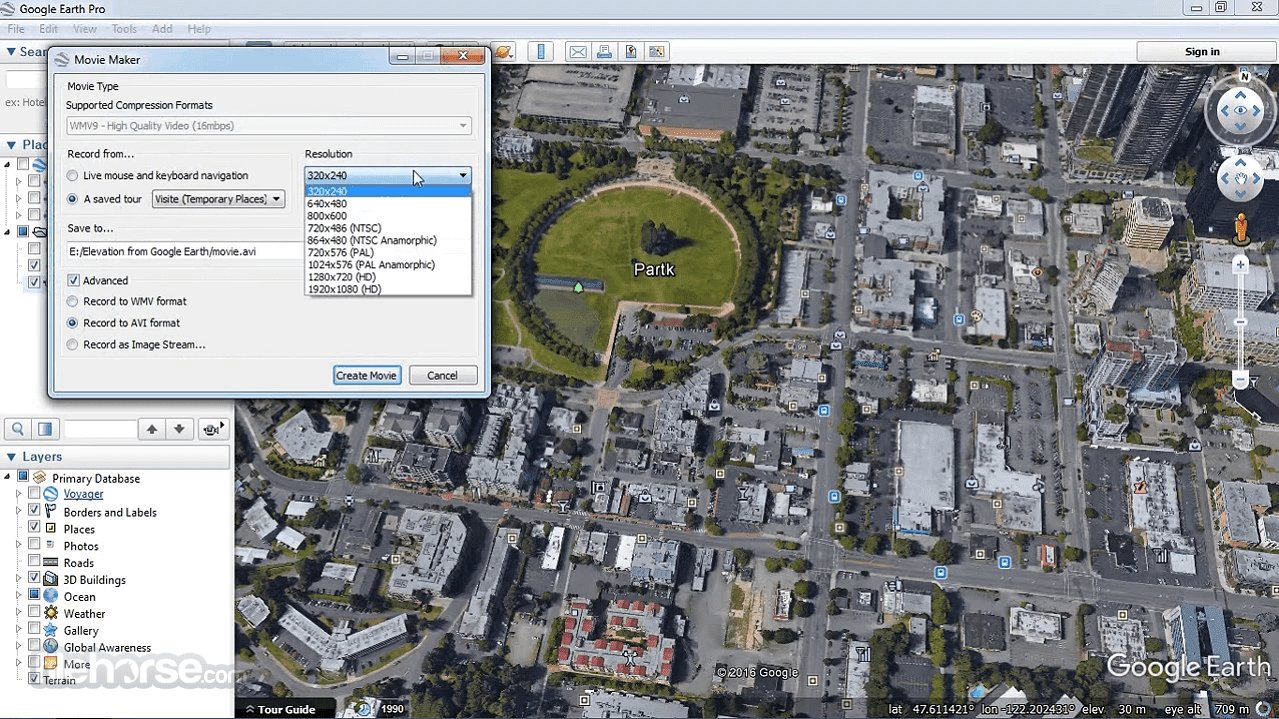

OpenStreetMap allows you to view, edit and use geographical data in a collaborative way from anywhere on Earth. OpenStreetMap (OSM) is a collaborative project to create a free editable map of the world. Some of the functionality provided by Google Earth Pro is covered by other types of open source software. This Java software offers a geographic context with high-resolution terrain, for visualizing geographic or geo-located information in 3D and 2D. WorldWind is an open source (released under the NOSA license) virtual globe initially developed by NASA’s Learning Technologies project. Marble is supplied with a database of more than 12,000 locations (cities, mountains, volcanoes) which can be searched for and which are integrated with Wikipedia. There’s also a satellite map based on ESA’s Sentinel 2. The software offers other views: Behalm Globe 1492, Earth at Night, Historical Map 1689, Plain Map, Political Map, 2 Precipitation views, 2 Temperature views, and Vector OSM (a global roadmap). It offers a classic topographic map, a global roadmap created by the OpenStreetMap, and a satellite view (shown in the image).

Our strongest recommendation goes to Marble, a lightweight, fast, educational geographical virtual globe and world atlas. What are the best open source alternatives to Google Earth Pro? Click image for full size While Google Earth Pro is available to download without charge, it’s not open source software. Additional globes for the Moon and Mars are available, as well as a tool for viewing the night sky. In addition to Earth navigation, Google Earth provides a series of other tools through the desktop application, including a measure distance tool. Google Earth Pro lets you fly anywhere to see satellite imagery, 3D buildings, 3D trees, terrain, Street View, planets and much more.


 0 kommentar(er)
0 kommentar(er)
